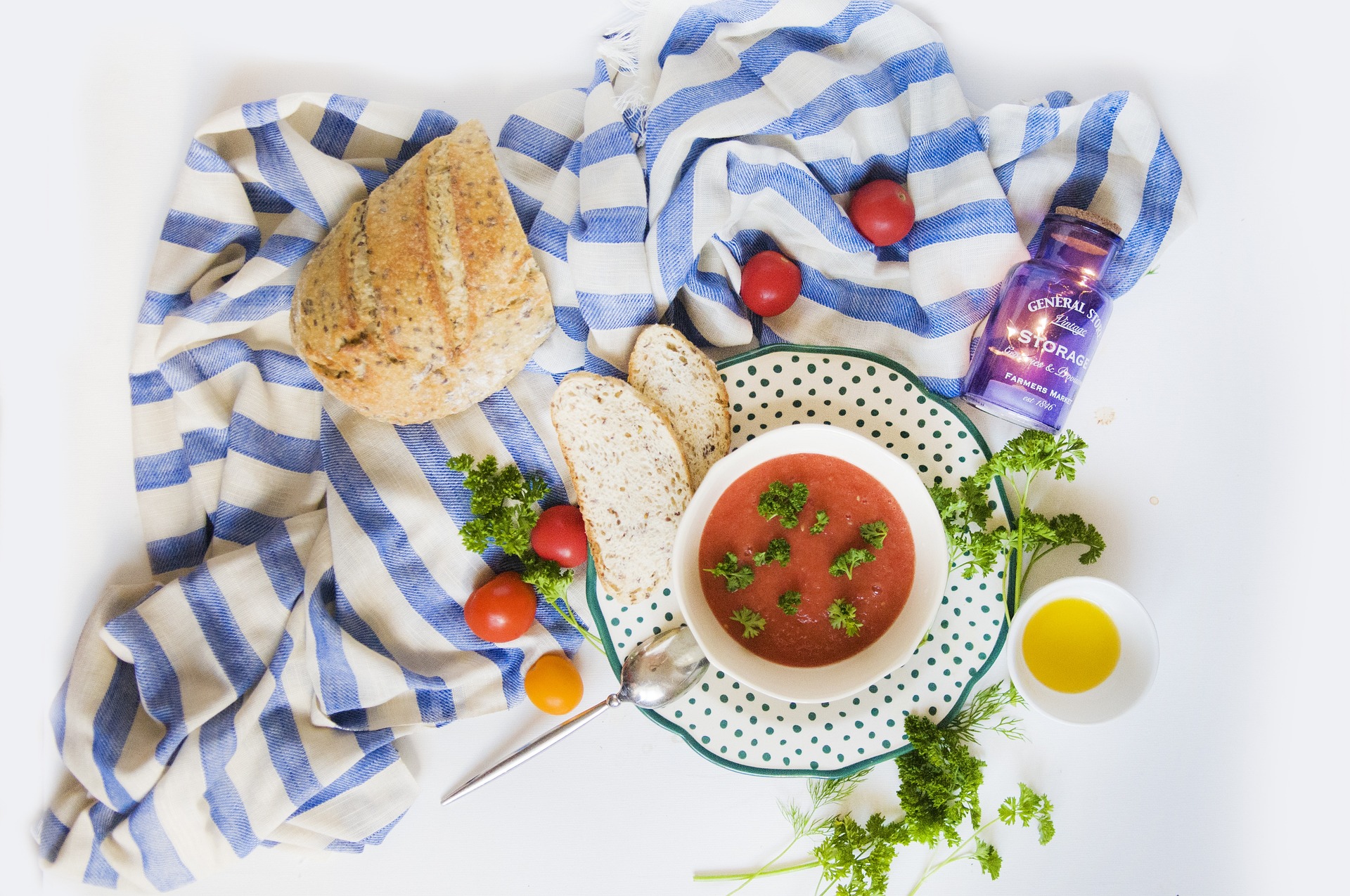An Excursion into the Cuisine of Uzbekistan: Discovering the Rich Flavors of the Silk Road
Uzbekistan, a vibrant country nestled in the heart of Central Asia, offers a rich culinary heritage that remains relatively unexplored by food enthusiasts worldwide. Let us embark on a gastronomic journey to discover the diverse flavors, cooking techniques, and shared meals that define Uzbek cuisine.

A Glimpse into Uzbekistan’s Culinary Heritage
Uzbek cuisine, a treasure trove of flavors, is a reflection of the country’s fascinating history and culture. As an essential part of the Silk Road, Uzbekistan has been a melting pot of different cultures, all contributing to its distinctive culinary landscape. The cuisine is characterized by hearty meals, often shared communally, with rice, meat, and fresh produce playing starring roles.
Uzbek Plov: The National Dish
Plov, also known as pilaf, is the undisputed king of Uzbek cuisine. This fragrant rice dish is cooked with succulent pieces of meat, sweet carrots, and a blend of spices that lend it a unique flavor. The Uzbeks have elevated the preparation of plov into an art form, with each region boasting its distinctive version.
Bread and Pastries: The Cornerstones of Uzbek Cuisine
Bread, or ‘non’, is another cornerstone of Uzbek gastronomy. Traditionally baked in clay ovens known as tandirs, these breads have a crispy crust and a fluffy interior. Pastries such as samsa (flaky pastry filled with meat or vegetables) are also widely enjoyed.
The Role of Tea in Uzbek Culture
Tea, particularly green tea, is a vital part of Uzbek culture. Consumed throughout the day, it serves not just as a beverage, but also as a symbol of hospitality. Tea ceremonies are integral to any Uzbek gathering, whether it’s a simple family meal or a grand celebration.
The Communal Aspect of Uzbek Cuisine
Communal dining is a significant aspect of Uzbek culture. Meals are often served on a ‘dastarkhan’, a tablecloth spread out on the floor, where families gather to share food, stories, and laughter. This sense of community and togetherness is a testament to the warmth of Uzbek hospitality.
-
The plov cooking process can take several hours and is usually prepared by men.
-
Non is often stamped with decorative patterns before being baked.
-
Tea is traditionally served in small bowls, not cups.
-
An Uzbek meal is typically concluded with fruit and sweet pastries.
As we conclude our culinary journey, it’s evident that Uzbek cuisine is not just about food. It’s a celebration of culture, history, and community, offering us a unique perspective into the lives of the Uzbek people. So, the next time you’re feeling adventurous, why not try your hand at preparing an Uzbek feast? It’s a culinary experience that promises to be as enriching as it is delicious.




